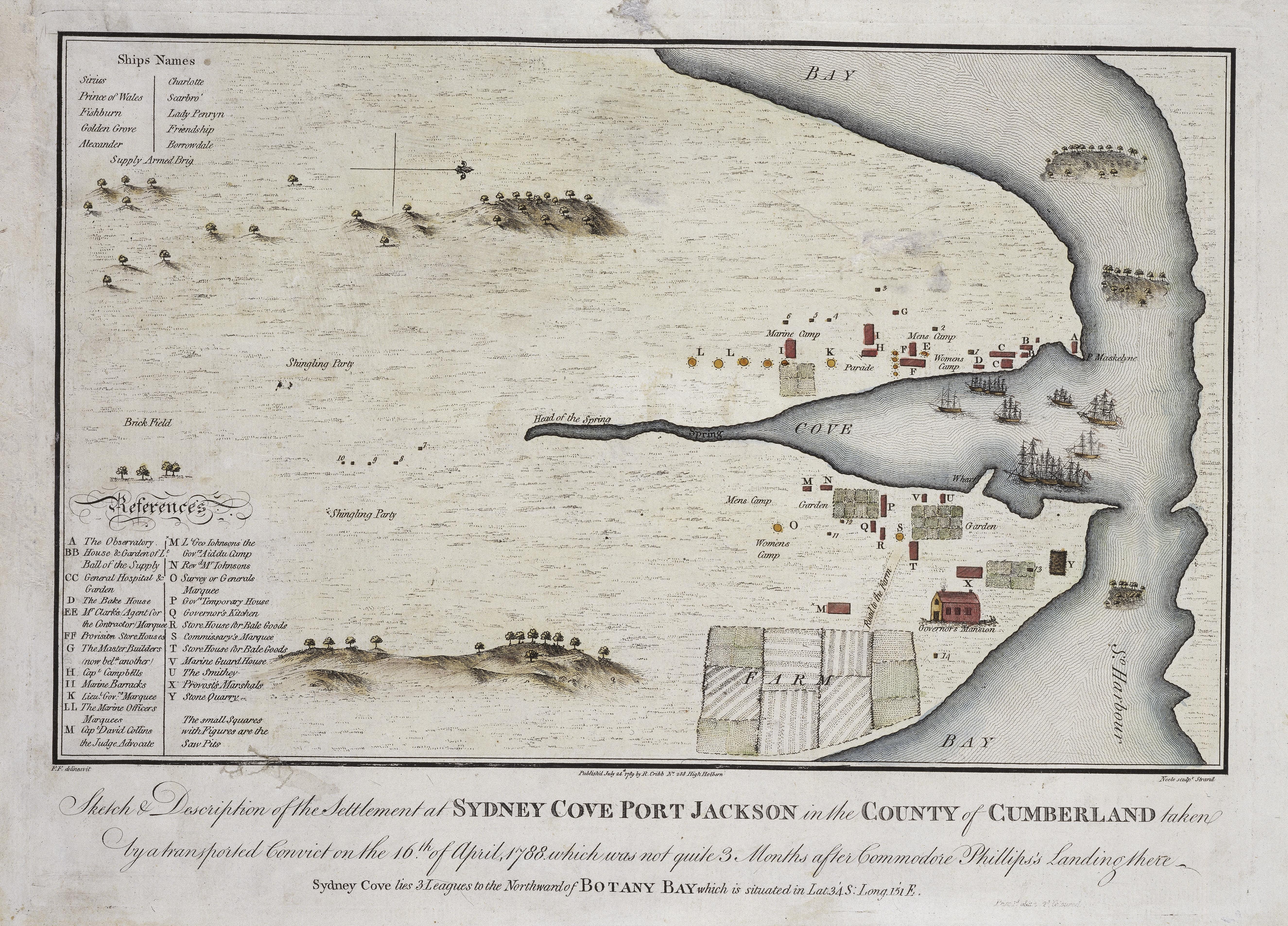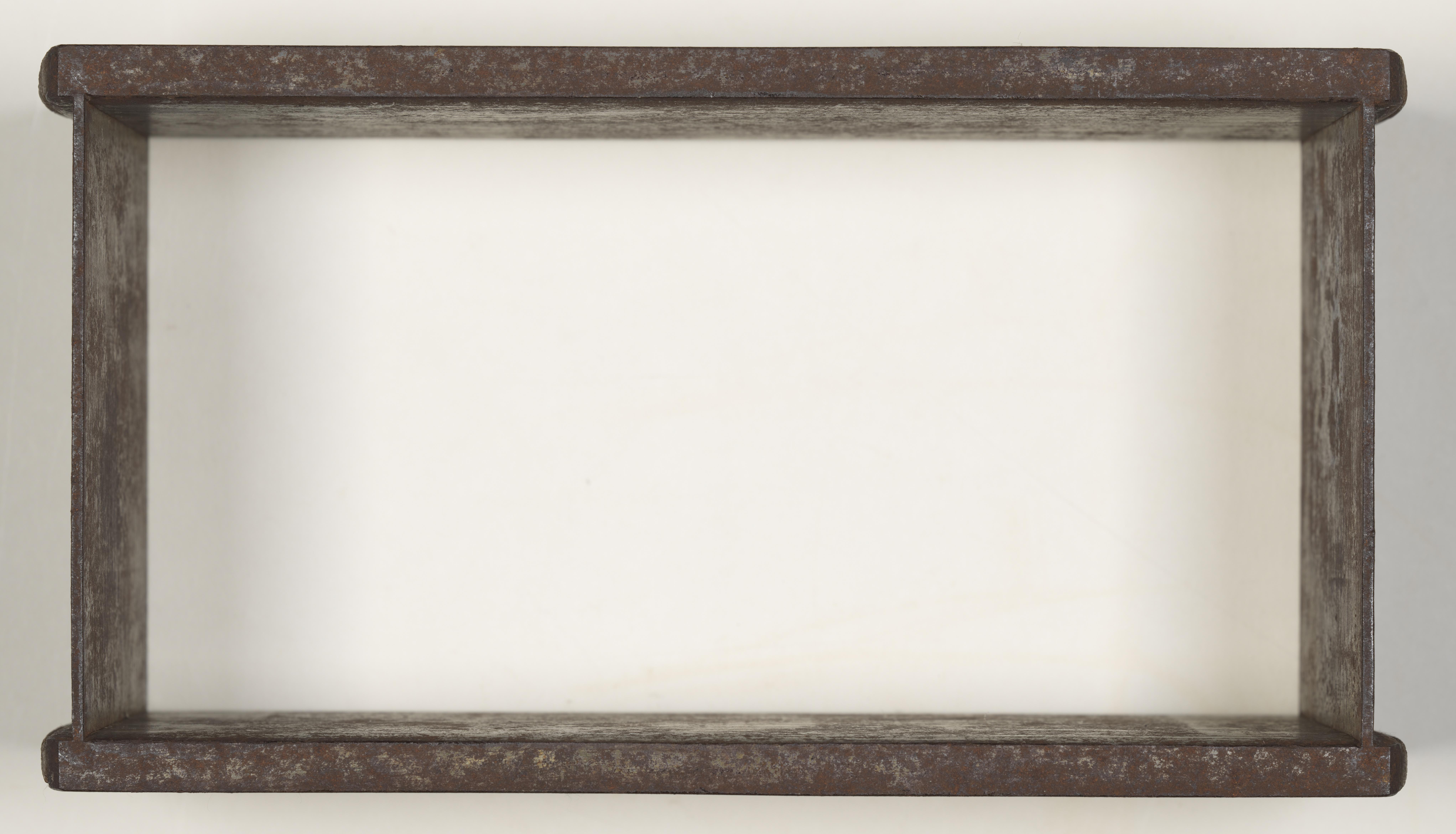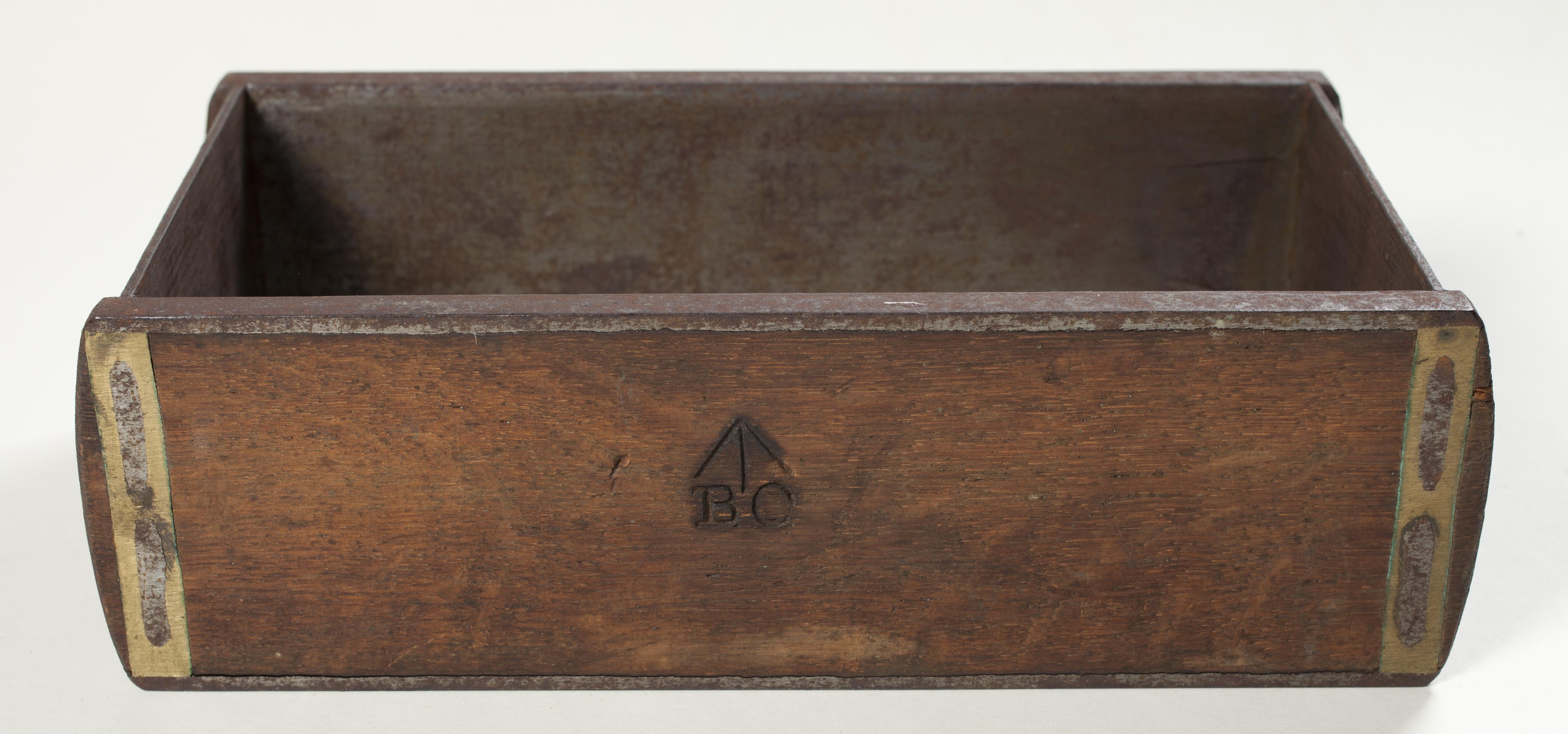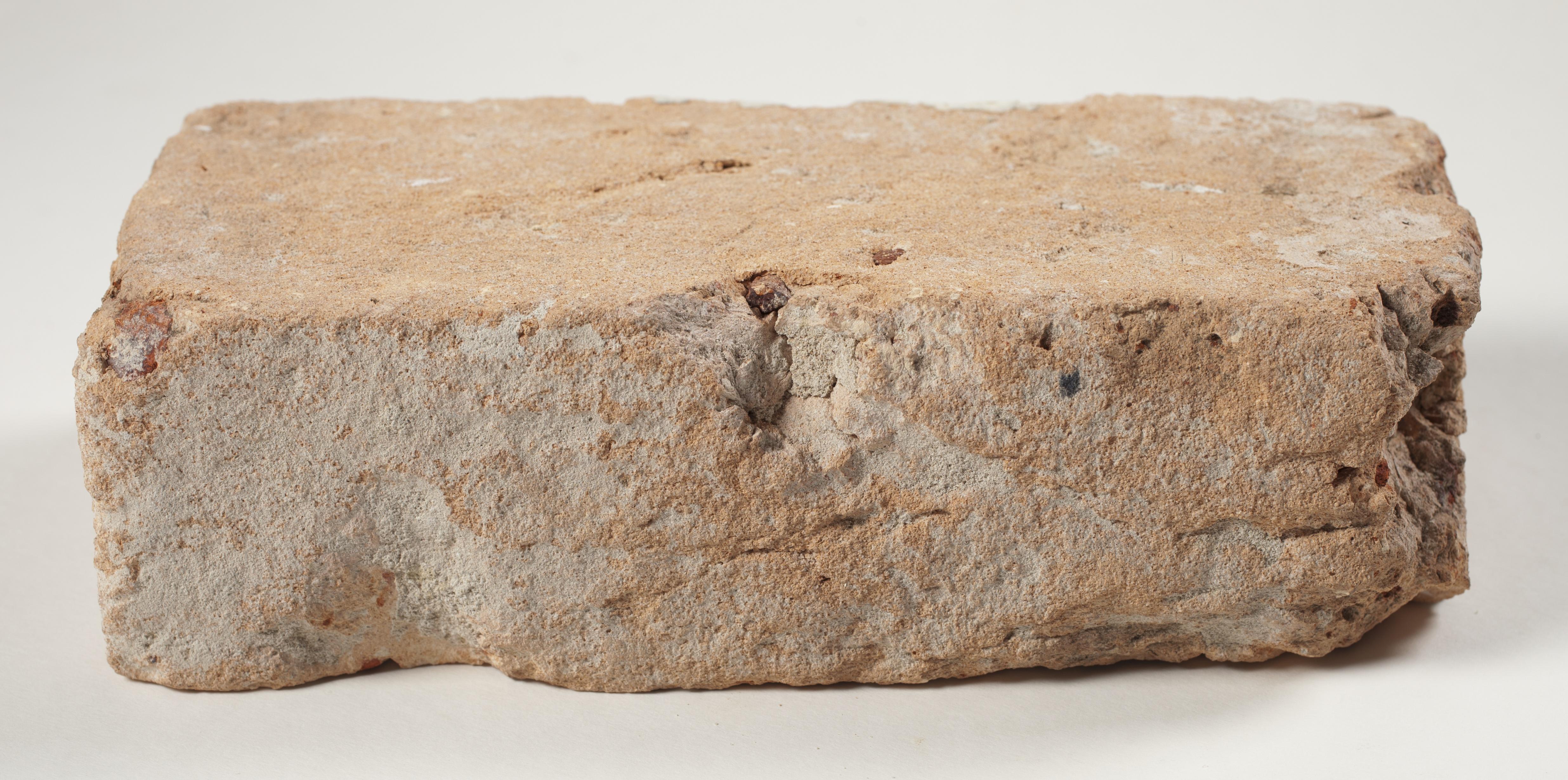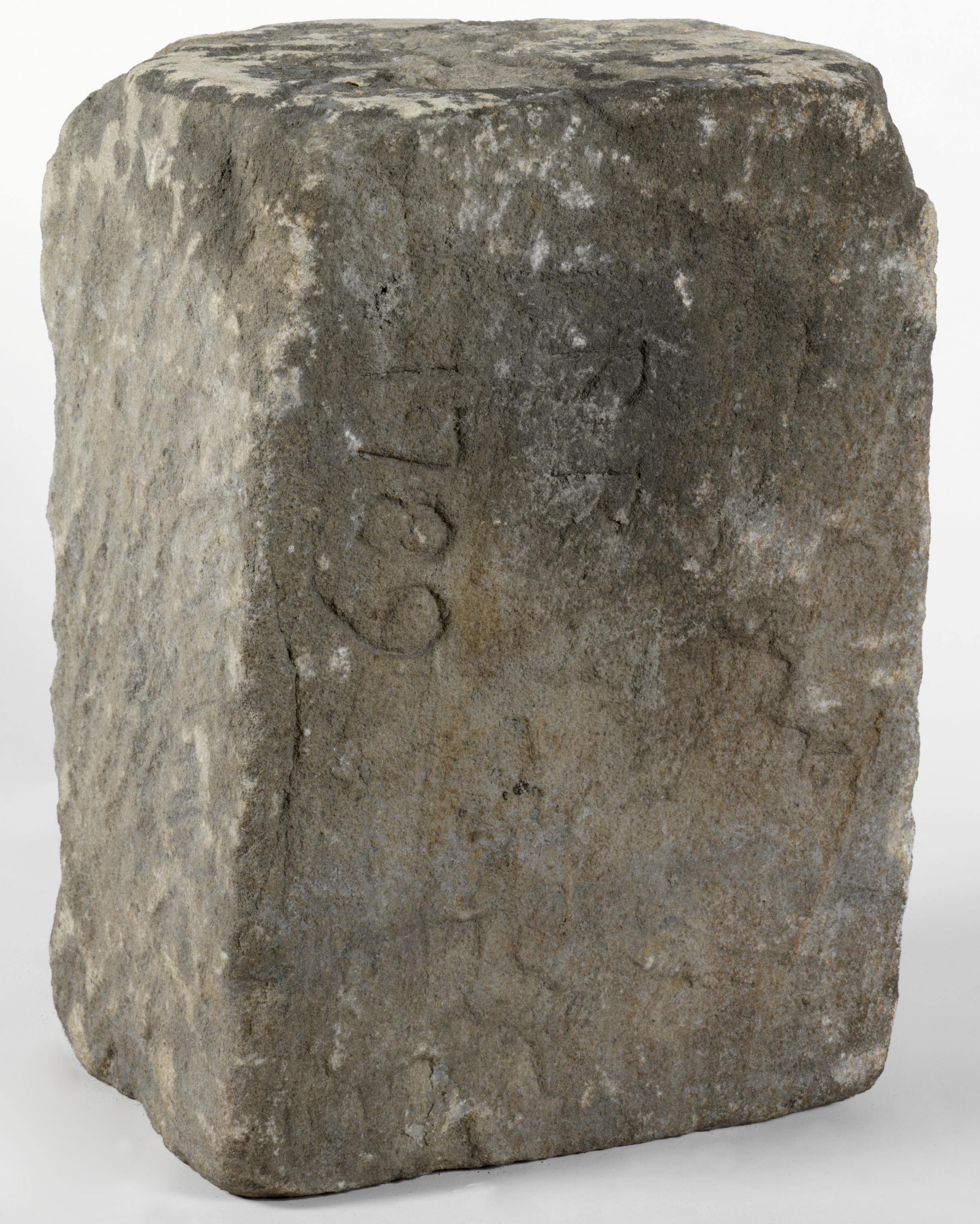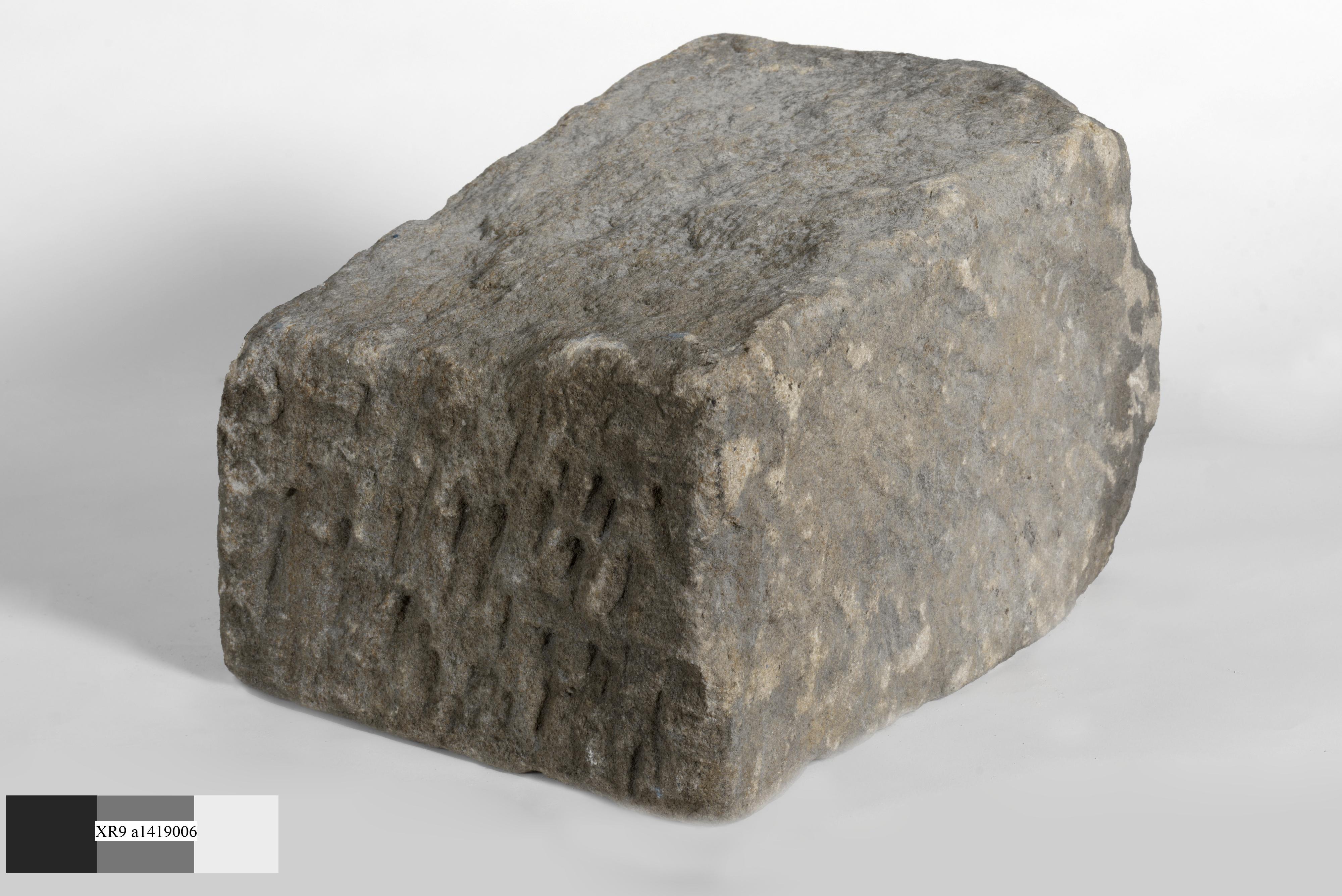Off to Work
Students examine a map and artefacts to discover the different types of convict work in early Sydney.
This is the student activity 1 of 6 of the Work to be done learning activity.
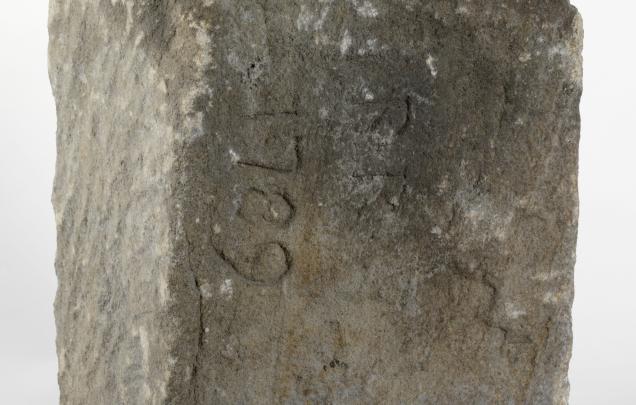
Off to Work
Investigate building tools and jobs from the era using primary sources.
Closely analyse the map of Warrane/Sydney Cove from April 1788, below. The map was created by convict Francis Fowkes and made on 16 April 1788 – almost three months after the First Fleet arrived. Although it’s not a completely accurate map of the land, it does tell us a lot about the settlement. Consider that Aboriginal people were being forced from their country to make way for the colony – the land was being cleared of trees and the earth dug open. Every new construction of the colony came at a cost to the Aboriginal people.
Find the following places marked on the map.
- saw pits
- shingling party
- brickfield
- stone quarry
- the smithy
Answer these questions:
- What is a saw pit?
- How does it work?
- Why are there so many saw pits marked on the map?
- What is the job title of someone working in a saw pit?
- What is a shingling party?
- What are shingles?
- What is a smithy?
Look at the three photographs below. These three wooden structures are used together.
Answer these questions:
- What do you think these items might be used for?
- How does each item work?
- What was the job title of the person using this equipment?
- Where on the map were the people with this job title working?
- What does the arrow and the letters B.O. mean? [Answers in the Additional Information.]
Look at the brick below.
Answer these questions:
- What is this brick made from?
- Why is it rough and have ragged edges?
- Who do you think made this actual brick?
- What uses did Aboriginal people have for the material used to make bricks? [Answer in Additional Information.]
Look at the images of sandstone, below.
Answer these questions:
- How did the stone get so many dents on it? Why?
- What was this used for?
- What date is carved into the stone?
- What was the job title of the person working with this item?
- Where on the map were the people with this job title working?
- How did Aboriginal people use this type of stone? [Answer in Additional Information.]
Read what Judge David Collins recorded in May 1788:
The …man had been employed cutting rushes for thatching.
Answer these questions:
- What are rushes?
- What is thatching?
- What is the job title of the person working with this material?
There is a suburb in Sydney with a name associated with this profession. What is the suburb’s name? Why might it be called that?
Find this suburb on a map of Sydney today. How close is it to the early settlement which was located at Circular Quay?
Study the image of the Governor’s house, below.
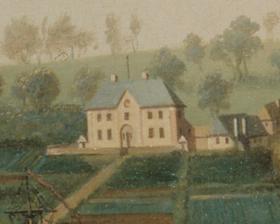
Answer these questions:
- What building materials do you think were used in its construction? [Answer in Additional Information.]
- How many of these materials were taken from Gadigal Country?
- What were the job titles of the convicts who built this house?
Look at this list of some of the supplies brought out on the First Fleet ships. Explanations are in brackets.
- steel hand saws
- pit saws
- iron shovels
- steel spades
- garden hoes (for clearing the soil)
- felling axes
- pickaxes
- carpenter’s axes
- shipwright’s axes
- hatchets
- sets of cooper’s tools
- brick moulds
- masons’ chisels
- claw hammers
- lots of nails
- chisels
- wheelbarrows
- ploughs
- forges (a hearth for heating metals)
- smith’s bellows
- sets of smith’s tools
- grindstones (used for sharpening tools)
- hay forks
- fishing nets
- fish-hooks
- dozen lines
[Note: No complete list of supplies brought out by the First Fleet exists.]
Answer these questions:
- Can you match some of the tools to the work required?
- Are there tools listed that you don’t recognise? Research these tools and type of work they are associated with.
- Cooper’s tools are included in the list. What does a cooper do?
- Can you guess what unusual job the iron shovels were used for in the colony apart from digging? [Answer in Additional Information.]
